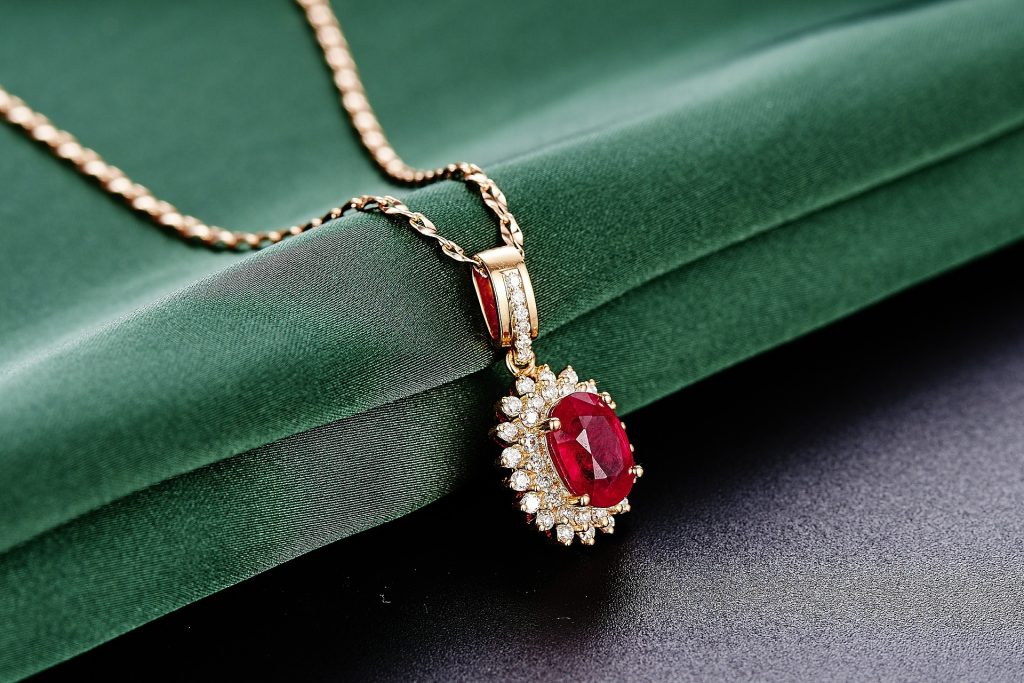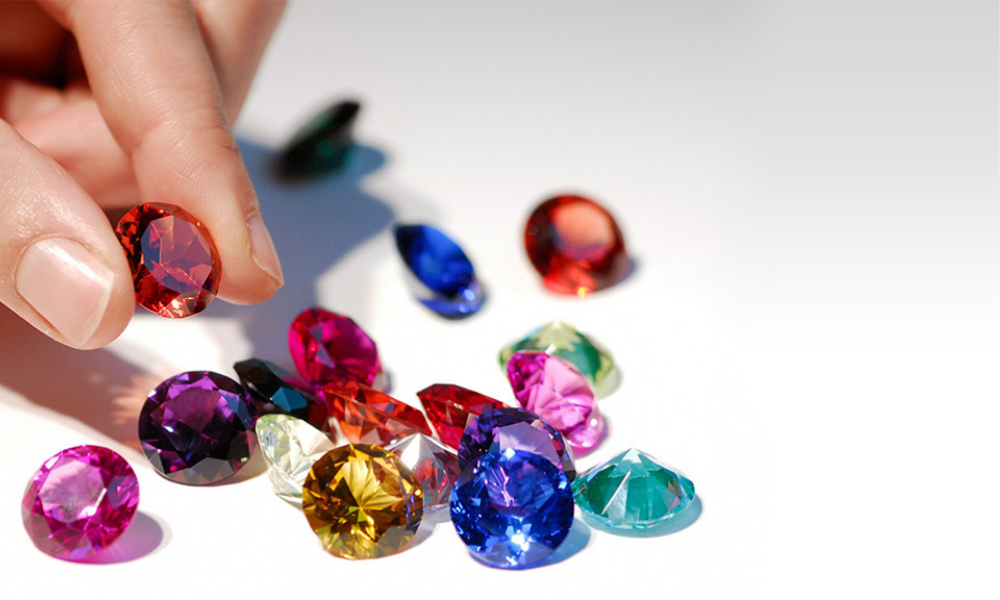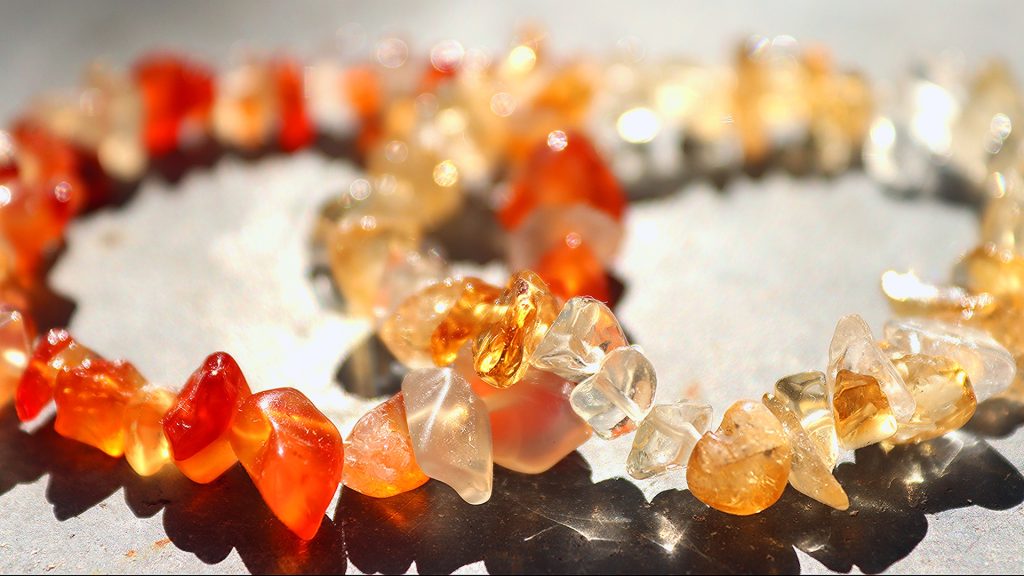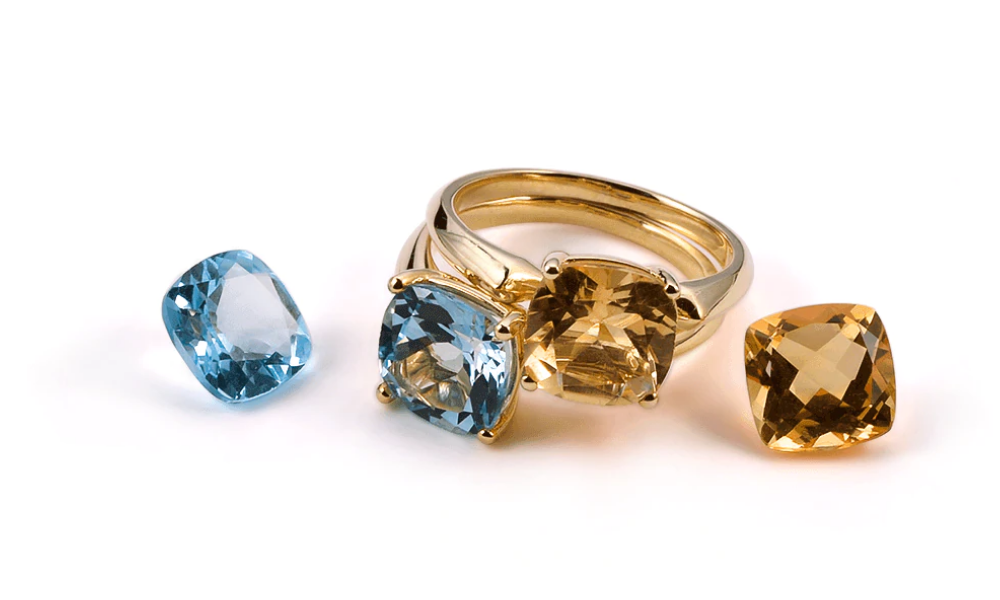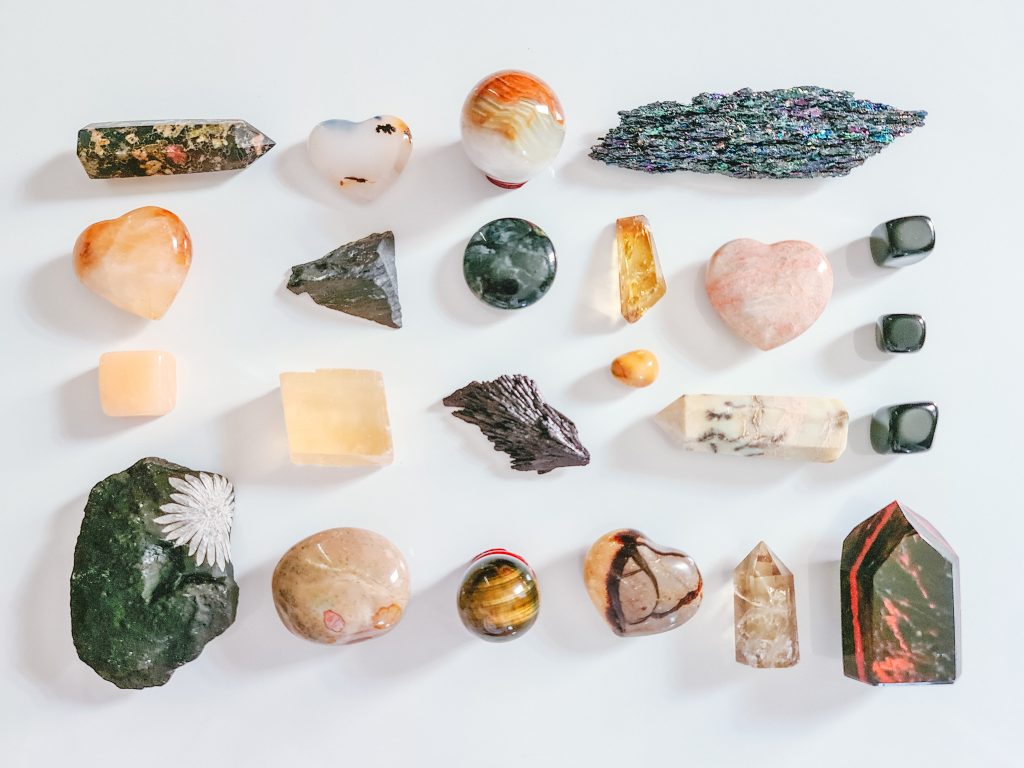If you’re wondering what a dark blue gemstone is, it’s aquamarine, and it belongs to the beryl mineral family. While its name implies that it’s a stone of the sea, it is a deep blue stone. This type of stone is called maxixe. It is the planetary sign Taurus’s birthstone and is used to make earrings, rings, and even wedding bands.
Many people are highly particular about the sort of stone they want, but most people are more interested in the color of stone they receive. Blue-colored stones are becoming increasingly popular and sought after. Blue is a stone color that people from all walks of life seek. It can be challenging to get the right color in the exact stone you want, so instead of stepping into a store and asking for a sapphire, tell them you want to look at their blue jewels.

Dark Blue Gemstone
The blue color of this stone is azurite. Its name comes from the ancient Greek word for “sapphire,” which means “emerald.” It is a member of the Beryl mineral family, and it is a deep blue gemstone that is used to create jewelry. Azurite is one of the most popular and expensive blue gemstones, so it is easy to see why azurite is so beautiful.
Azurite is a dark blue stone with a light and dark banded pattern. When exposed to light, the stone turns a cyan blue color. Its pigmentation ages and deteriorates as it ages, and it becomes green. This characteristic means that it requires extra care in storage and wearing. Because it is so rare, azurite is one of the more expensive blue gemstones. It also has many mythical properties.
Azurite is a stunning dark blue gemstone similar to sapphires and rubies. It is a relatively soft stone that is best left in lower-impact jewelry, such as necklaces and earrings. However, this stone is so rare and expensive that its popularity in the jewelry industry overgrows. Its legends suggest that it has magical properties, making it one of the most popular options for jewelry.
What Is Azurite?
Cu3(CO3)2(OH)2 is the chemical formula for azurite, a copper carbonate hydroxide mineral. It is most well-known for its deep blue to violet-blue color. The deep blue evening skies typically seen above deserts and winter landscapes are reminiscent of the “azure” color.
Although azurite is not a standard or abundant mineral, it is attractive due to its blue color. It has been utilized for thousands of years by people worldwide. It was utilized as copper ore, a pigment, a gemstone, and a decorative stone by the ancients. Today, it’s still used for all of these things.
What Is The Geologic Occurrence Of Azurite?
When carbon-dioxide-laden fluids descend into the Earth and combine with subterranean copper ores, azurite is formed. These fluids’ carbonic acid dissolves minor amounts of copper from the ore. The water transports the dissolved copper till it finds a new geochemical environment. This new environment could be a place where the chemistry or temperature of the water changes or where evaporation takes place. The mineral azurite may form if the conditions are favorable. A considerable deposit of azurite could form if these conditions persist for a long time. This has happened in several places around the world.
Precipitation of azurite occurs in the underlying rock’s pore spaces, fractures, and cavities. The azurite that results is typically large or nodular. Azurite can be found as stalactitic and botryoidal growths in rare cases. Monoclinic crystals that are well-formed are uncommon. These can only happen if azurite crystallizes freely in a fracture or cavity and isn’t interrupted by subsequent crystallization of rock movement.
Malachite, like azurite, is a copper carbonate mineral that originates under comparable conditions. These minerals are frequently found in the same deposit and are frequently intergrown. This results in a substance known as azurmalachite, which can be utilized as a stunning lapidary material when of excellent quality.
Azurite is most commonly found in Arizona, New Mexico, and Utah in the United States. France and Namibia have discovered more significant deposits. Mexico, Chile, Australia, Russia, and Morocco have all had notable incidences.
What Are The Physical Properties Of Azurite?
The vivid blue color of azurite is the most distinguishing feature. It’s also soft, with a Mohs hardness of 3.5 to 4 on the Mohs scale. It has a specific gravity of 3.7 to 3.9, which is relatively high for a non-metallic mineral. It also includes copper, which gives it its blue hue. Azurite is a carbonate mineral that generates a pale blue liquid when combined with weak hydrochloric acid. On unglazed porcelain, azurite leaves a pale blue streak.
What Is The Hue Of Azurite?
The hue of a gemstone is its color. Its primary hue is cyan blue, and it is opaque, which means that its tone is not the same as the color of its surrounding. Its secondary hue, meanwhile, is green. It is a rare stone, which is why it is so expensive. In addition to its beauty, azurite is considered a symbol of wisdom. The stone’s vivid blue color is also a symbol of knowledge and wisdom, so the person wearing it will be able to benefit from its benefits.
Is Saphire A Bluestone?
Sapphire is the most common blue gemstone, although other gemstones with a deep blue color include Kyanite, Lapis Lazuli, and Zircon. There are also a variety of lighter or softer blue stones, the most common of which are Topaz and Aquamarine. However, if you’re searching for something distinctive, go with a violet-blue or blue-green stone. Tanzanite and Iolite are the two most well-known violet-blue stones. Paraiba Tourmaline, Apatite, and Fluorite are the most well-known blue-green gemstones. Those aren’t your only alternatives, though. Let’s look at some other blue gemstones.
Blue Sapphire Meaning & Properties
Blue sapphire is a wisdom stone that promotes mental clarity, concentration, and creativity. The third eye and throat chakras are supposed to be stimulated by the blue gemstone, helping you gain greater insight and share your wisdom with others. Monarchs frequently wore blue sapphires in the Middle Ages to ward against evil. Sapphires are still associated with royalty today and are famous for engagement rings.
Is Turquoise A Bluestone?
Turquoise is a copper mineral that ranges in hue from vivid blue to blue-green. The color is so well-known and popular that “turquoise” has become a generic term for a milky blue-green hue. Only a few jewels have such a well-known color.
Turquoise is discovered in the rocks above copper deposits in dry climates. The southwestern states of Nevada, Arizona, and New Mexico produce enough turquoise to make the United States the world’s leading producer of turquoise. Native Americans initially mined turquoise there thousands of years ago, and the stone is still connected with their labor
On the Mohs Hardness Scale, turquoise has a hardness of 5 to 6. As a result, it’s ideal for earrings, pendants, pins, and other non-abrasive or impact-prone objects. It is best mounted in a setting that protects the stone from wear or impact if it is used in jewelry such as bracelets, belt buckles, and rings.
Conclusion
In conclusion, Azurite is a rare and attractive dark blue gemstone. It is a type of beryl, which is a mineral that is found in the world. Azurite is a dark blue gemstone and is found in India and Brazil. Its mystical and energetic properties make it a desirable gem. Azurite is a coveted stone. It is also rare and costly and has numerous mythical and astrological meanings.
The deep blue color of lapis lazuli is attributed to the presence of several minerals, most notably lazurite. This stone is opaque and often has inclusions. The material is only 5 to 6 on the Mohs scale, so its jewelry should be easy to take care of. Labradorite is a blue crystal known for its distinct iridescence. The various shades of blue found in this stone are described below.


